Market Impact and Key Lessons Learned
When looking at the market, the AMD Ryzen Threadripper Pro 5995WX does not have direct competition at this point. It has the most cores you can get in a workstation by a significant margin. Its closest competition is probably the previous generation Threadripper Pro 3995WX.
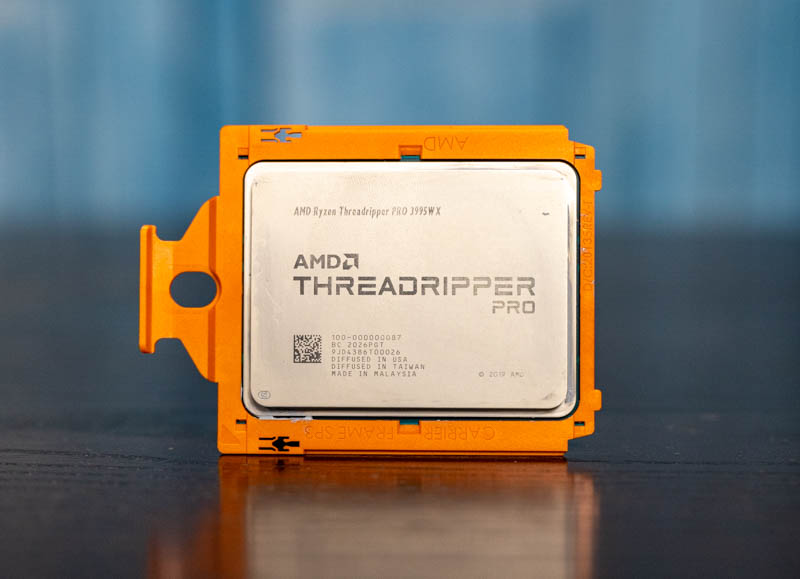
We wish that AMD just opened up the platform formally as an EPYC platform, instead of having the Threadripper Pro. Having a workstation EPYC or WEPYC and formally allowing EPYC CPUs would be really interesting. We are now late enough in the Milan product cycle that the Milan-X parts are out with massive caches. Many engineering applications will benefit more from the extra cache than the extra clock speed of the Threadripper Pro chips, so it feels like the platform should be unified like the old Xeon E5 workstations. Using a real workstation platform is nice because of features like more USB ports and onboard audio. There is value here that AMD can unlock relatively easily.
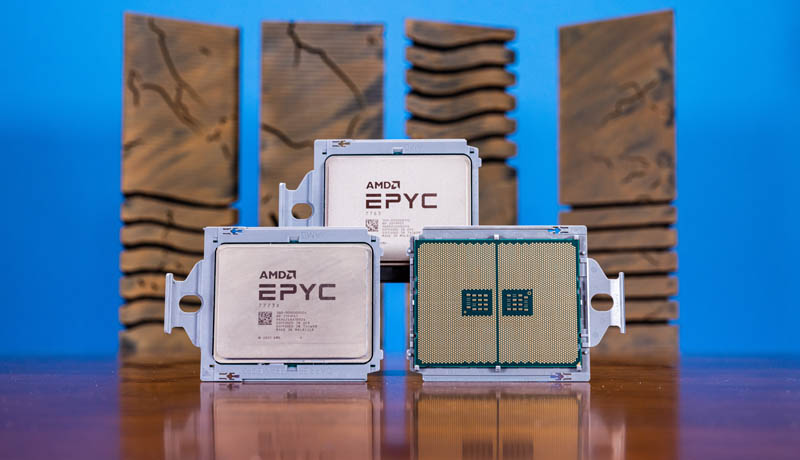
Perhaps the biggest market impact is really that we are doing this review very late in the Milan cycle. AMD has said it will launch Genoa in 2022, and there are less than five months left in the year. Once Genoa launches, that provides a 96-core platform that dwarfs these 64-core platforms while offering more memory bandwidth and PCIe I/O. A challenge with the Threadripper Pro 5995WX is not its competition from Intel today, or likely until 2023. Instead, it is that AMD is making such big jumps on the server side that using an EPYC in a workstation will become attractive if the gap stays this large.
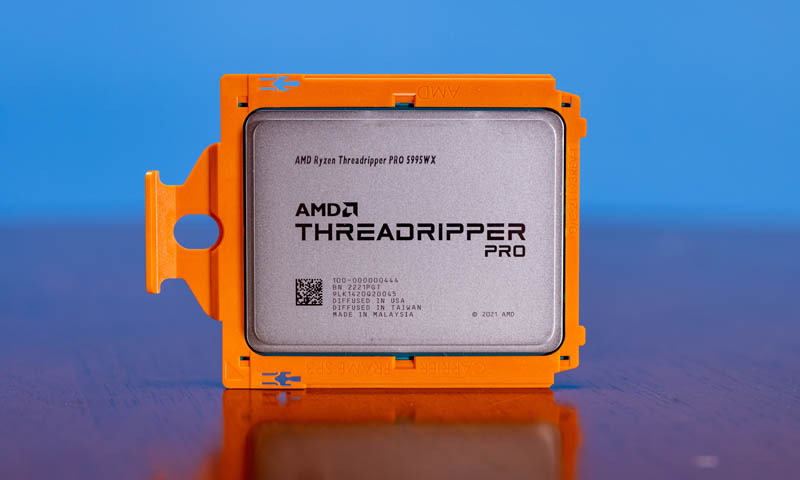
Also, AMD is giving OEMs the exclusive on the Threadripper Pro part. From the commercial side, we understand this. For example, Lenovo jumped at the opportunity early and gets some exclusivity because of it. AMD is rewarding faith. On the other hand, unifying the Threadripper Pro parts into the EPYC line and having an EPYC workstation option with a chipset would allow OEMs to innovate while also making the platform more robust.
Final Words
The AMD Threadripper Pro 5995WX is really fun. It is a CPU that feels like an old friend, having enjoyed the transition from Rome to Milan on the server side. It also feels like a new processor should not feel like an “old” anything. Make no mistake, this is a top-end processor of this era.
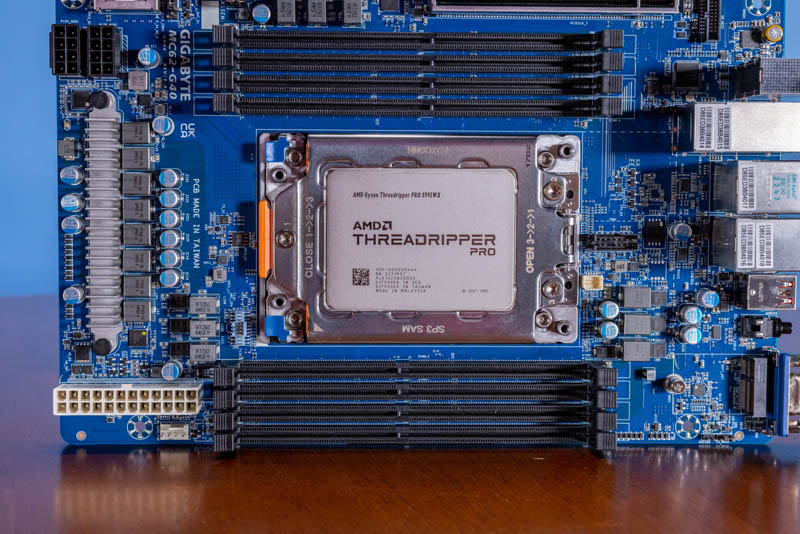
The platforms that we are seeing are absolutely awesome. We focused on platforms from Gigabyte and Supermicro here, showing how different vendors have different design philosophies. We will follow up this piece with formal reviews of both platforms. We have had very good experiences with both.
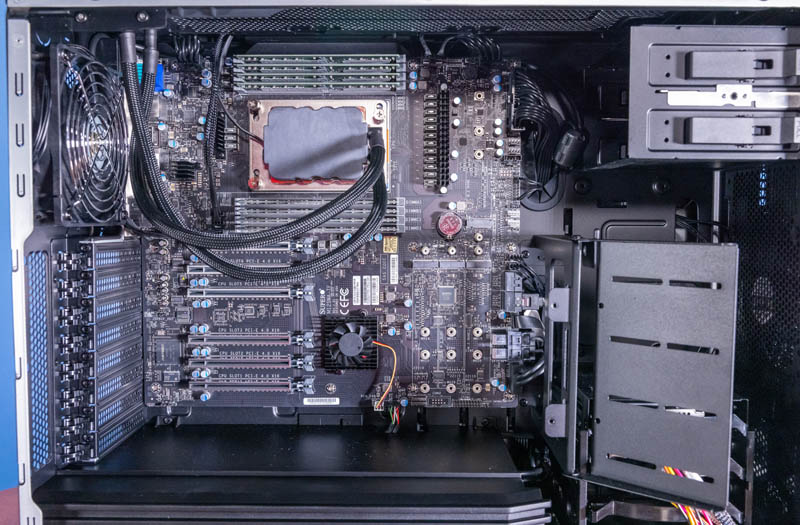
In terms of performance, the AMD Ryzen Threadripepr 5995WX is top-notch for multi-core workstation performance. At just under $6500 from the pricing we have seen, it needs to be. For those in fields where they can use a large CPU like this, that price is going to be easily justified in the context of a system, especially if it has high-end GPUs, networking, storage, and memory as well.
For many, 64-cores is too much. If you can use them, however, the Threadripper Pro 5995WX is simply awesome.

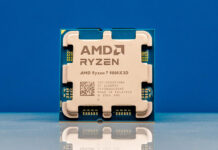
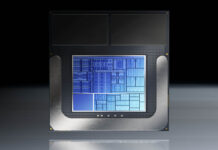

280W TDP is hard to accept for a 12-32 Core nowadays. Would be interesting how the average power uptake is in tests!
can you check if PBO is available in the bios as asrock and msi wrx80 mobos ? Asus does not have it and it is not mentioned for supermicro and gigabyte….
Pricing is utterly horrific for someone that just wants a desktop platform with lots of PCIe and a fair amount of RAM. Still nothing worth upgrading a 1900X to
Every use case I can think of has a cheaper solution. The performance difference between the i9 and this new threadripper isn’t worth $5,000 to me.
There are plenty of used server and workstation hardware on the market that can provide 60-70% of the core performance for less than 30% of the price. If you need value,look somewhere else than this.
Is there anyone else that has trouble opening pictures that are using link in the form /?attachment_id=6xxxx
What I find really interesting is the fact that both Gigabyte and Supermicro are using server grade components, and Lenovo do not.
For instance both platforms described here are equipped with BMC and NICs with better support in the DC. With Lenovo we are not getting such features.